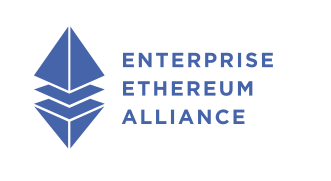October 1, 2024
The EEA’s Crosschain Interoperability Working Group has just published a case study describing the implementation of the EEA DLT Interoperability Specification.
This case study describes the implementation of the recently published version 1 specification to enable interaction between the EVM-based Polygon blockchain and the RUST-based Sobrana smart contract on the Stellar network.
The Stellar-Polygon Asset Bridge demonstrates how to leverage various DLT networks to create efficient, secure, and scalable cross-chain asset transactions.
…This case study demonstrates how compliance with open standards, such as the EEA DLT Interoperability Specification, can provide a robust framework for enterprises to build and deploy interoperable DLT solutions.
This is the second implementation case study published by the working group, one before the specification was officially published as version 1. The implementation in this case study was developed by EEA members Wanchain and QualitaX, based on Wanchain’s messaging bridge.
To test whether a specification actually enables implementation, it is important to develop multiple, interoperable implementations. It is also an important source of feedback to ensure that the EEA’s technical work continues to evolve alongside the rest of the Ethereum ecosystem, allowing businesses to build on the platform with confidence.
We welcome additional case studies, feedback on the specification, and other technical work from the Crosschain Interoperability Working Group. To find out more about how to get involved in this or other EEA working groups, please contact info@entethalliance.org.
Another implementation of the EEA’s DLT interoperability specification first appeared in the Enterprise Ethereum Alliance.

